Effective Light Beam Modulation by Chirp IDT on a Suspended LiNbO3 Membrane for 3D Holographic Displays
Abstract
1. Introduction
2. Optimal Design Consideration and Simulations
3. Experimental Methods
4. Results
4.1. Fabricated Devices
4.2. IDT Characterization
4.3. Light Coupling with Waveguide Membrane
4.4. Changes of Direction, Intensity, and Phase of the Light Beam via AO Interactions
4.5. Active Lens and Image Formation Process
5. Conclusions
Author Contributions
Acknowledgments
Conflicts of Interest
References
- Kakio, S. Acousto-Optic Modulator Driven by Surface Acoustic Waves. Acta Phys. Pol. A 2015, 127, 15–19. [Google Scholar] [CrossRef]
- Donley, E.; Heavner, T.; Levi, F.; Tataw, M.; Jefferts, S. Double-pass acousto-optic modulator system. AIP Rev. Sci. Instrum. 2015, 76, 063112. [Google Scholar] [CrossRef]
- Kakio, S.; Uotani, S.; Nakagawa, Y.; Hara, T.; Ito, H.; Kobayashi, T.; Watanabe, M. Improvement of Diffraction Properties in Waveguide-Type Acoustooptic Modulator Driven by Surface Acoustic Wave. Jpn. J. Appl. Phys. 2007, 46, 669–674. [Google Scholar] [CrossRef]
- Schmidt, R.; Kaminow, I. Acousto optic diffraction of guided optical waves in LiNbO3. Appl. Phys. Lett. 1973, 23, 417–419. [Google Scholar] [CrossRef]
- Park, M.; Chae, B.; Kim, H.; Hahn, J.; Kim, H.; Park, C.; Moon, K.; Kim, J. Digital Holographic Display System with Large Screen Based on Viewing Window Movement for 3D Video Service. ETRI J. 2014, 36, 232–241. [Google Scholar] [CrossRef]
- Lima, M.; Santos, P. Modulation of photonic structures by surface acoustic waves. Rep. Prog. Phys. 2005, 68, 1639–1701. [Google Scholar] [CrossRef]
- Li, C.; Chee, K.; Tao, J.; Zhang, H.; Yu, M.; Lo, G. Silicon photonics packaging with lateral fiber coupling to apodized grating coupler embedded circuit. Opt. Express 2014, 22, 24235–24240. [Google Scholar] [CrossRef]
- Antelius, M.; Gylfason, K.; Sohlström, H. An apodized SOI waveguide-to-fiber surface grating coupler for single lithography silicon photonics. Opt. Express 2011, 19, 3592–3598. [Google Scholar] [CrossRef]
- Alonso-Ramos, C.; Ortega-Monux, A.; Zavargo-Peche, L.; Halir, R.; Oliva-Rubio, J.; Lamontagne, B. Single-etch grating coupler for micrometric silicon rib waveguides. Opical Lett. 2011, 36, 2647–2649. [Google Scholar] [CrossRef]
- Smalley, D.; Smithwick, Q.; Bove, V.; Barabas, J.; Jolly, S. Anisotropic leaky-mode modulator for holographic video displays. Nature 2013, 498, 313–317. [Google Scholar] [CrossRef]
- Jolly, S.; Datta, B.; Parthiban, V.; Smalley, D.; Bove, V. Experimental characterization of leaky-mode spatial light modulators fabricated via direct laser writing. Proc. SPIE 2019, 10944. [Google Scholar] [CrossRef]
- Tsai, C. Guided-Wave Acousto-Optics; Springer: Heidelberg, Germany, 1990; p. 117. [Google Scholar]
- Hakiri, K.; Suzuki, M.; Kakio, S. Acousto-optic Bragg diffraction using longitudinal leaky surface acoustic wave. Jpn. J. Appl. Phys. 2018, 57, 07LD01. [Google Scholar] [CrossRef]
- Lee, M.; Lee, K. Enhancing the sensitivity of three-axis detectable surface acoustic wave gyroscope by using a floating thin piezoelectric membrane. Jpn. J. Appl. Phys. 2017, 56, 06GN14. [Google Scholar] [CrossRef]
- Morgan, D. Surface Acoustic Wave Filters With Applications to Electronic Communications and Signal Processing; Academic Press: Amsterdam, The Netherlands, 2007; p. 108. [Google Scholar]
- Oh, H.; Wang, W.; Lee, K.; Min, C.; Yang, S. The development of a wireless Love wave biosensor on 41◦ YX LiNbO3. Smart Mater. Struct. 2009, 18, 1–9. [Google Scholar] [CrossRef]
- Lee, Y.; Chen, F.; Lee, K. Toward efficient light diffraction and intensity variations by using wide bandwidth surface acoustic wave. Jpn, J. Appl. Phys. 2016, 55, 06GP04. [Google Scholar] [CrossRef]
- Oh, H.; Wang, W.; Lee, K.; Park, I.; Yang, S. Sensitivity improvement of wireless pressure sensor by incorporating a SAW reflective delay line. Int. J. Smart Sens. Intell. Syst 2008, 1, 940–954. [Google Scholar] [CrossRef]
- Campbell, C. Surface Acoustic Wave Devices for Mobile and Wireless Communications; Academic Press: Amsterdam, The Netherlands, 1998. [Google Scholar]
- Gallagher, D.; Malocha, D.; Puccio, D.; Saldanha, N. Orthogonal Frequency Coded Filters for Use in Ultra-Wideband Communication Systems. Trans. Ultrason. Ferroelectr. Freq. Control. 2008, 55, 696–703. [Google Scholar] [CrossRef]
- Devkota, J.; Ohodnicki, P.; Greve, D. SAW Sensors for Chemical Vapors and Gases. Sensors 2017, 17, 801. [Google Scholar] [CrossRef]
- Mizuhata, M.; Miyake, T.; Nomoto, Y.; Deki, S. Deep reactive ion etching (Deep-RIE) process for fabrication of ordered structural metal oxide thin films by the liquid phase infiltration method. Microelectron. Eng. 2008, 85, 355. [Google Scholar] [CrossRef]
- Lim, U.; Yoo, J.; Lee, K. Development of high frequency pMUT based on sputtered PZT. J. Electr. Eng. Technol. 2018, 13, 2434. [Google Scholar]
- Lqbal, A.; Mohd-Yasin, F. Reactive Sputtering of Aluminum Nitride (002) Thin Films for Piezoelectric Applications: A Review. Sensors 2018, 18, 1797. [Google Scholar]
- Li, C.; Hall, G.; Zhu, D.; Li, H.; Eliceiri, K.; Jiang, H. Three-Dimensional Surface Profile Measurement of Microlenses Using the Shack–Hartmann Wavefront Sensor. J. MEMS 2012, 21, 530–540. [Google Scholar] [CrossRef]
- Mamoun, S.; Merad, A.; Guilbert, L. Energy band gap and optical properties of lithium niobate from ab initio calculations. Comput. Mater. Sci. 2013, 79, 125–131. [Google Scholar] [CrossRef]
- Sze, S.; Ng, K. Physics of Semiconductor Devices; Wiley: Hoboken, NJ, USA, 2007. [Google Scholar]
- Davis, C. Lasers and Electro-Optics Fundamentals and Engineering; Cambridge university press: Cambridge, UK, 2014. [Google Scholar]

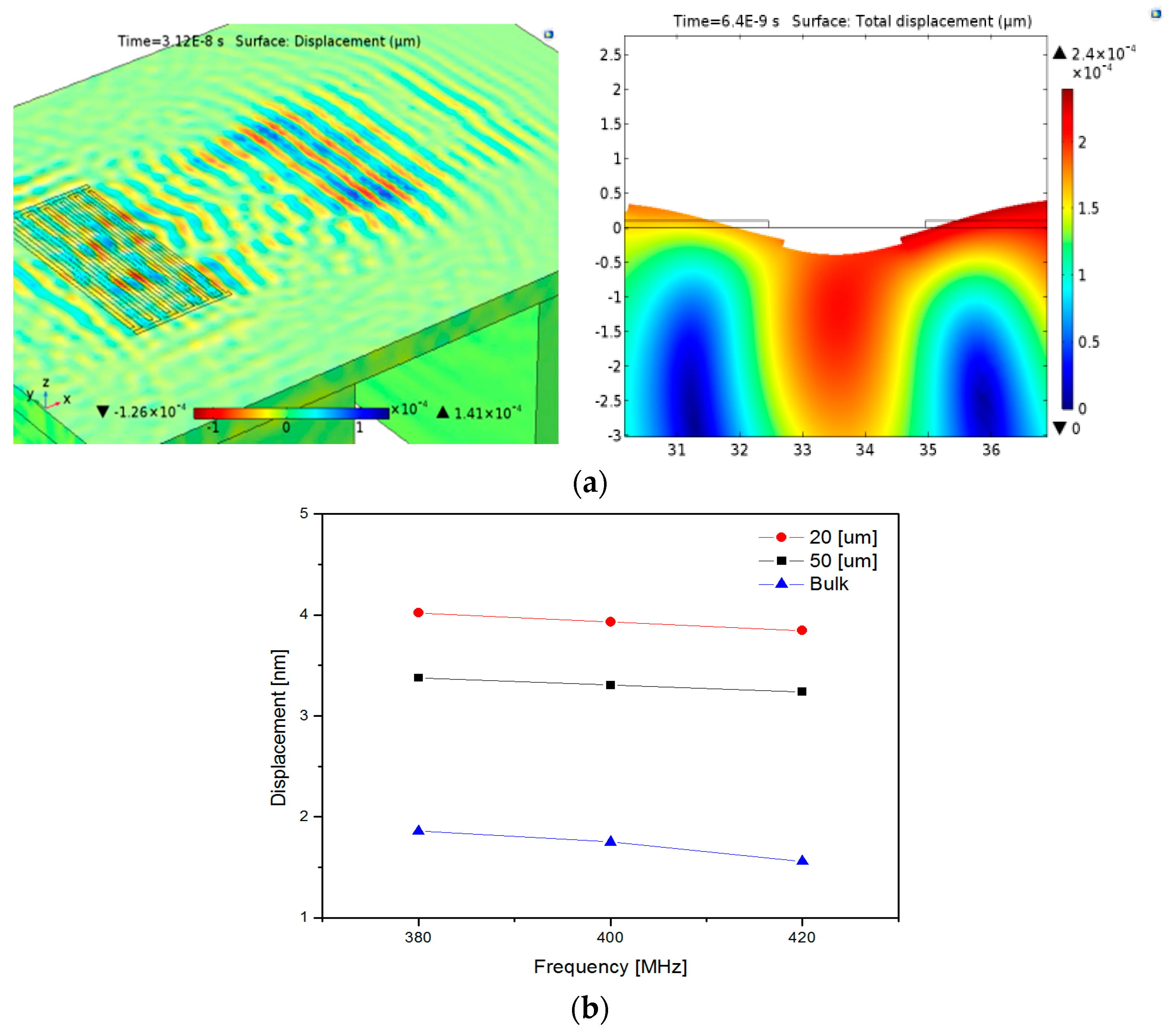
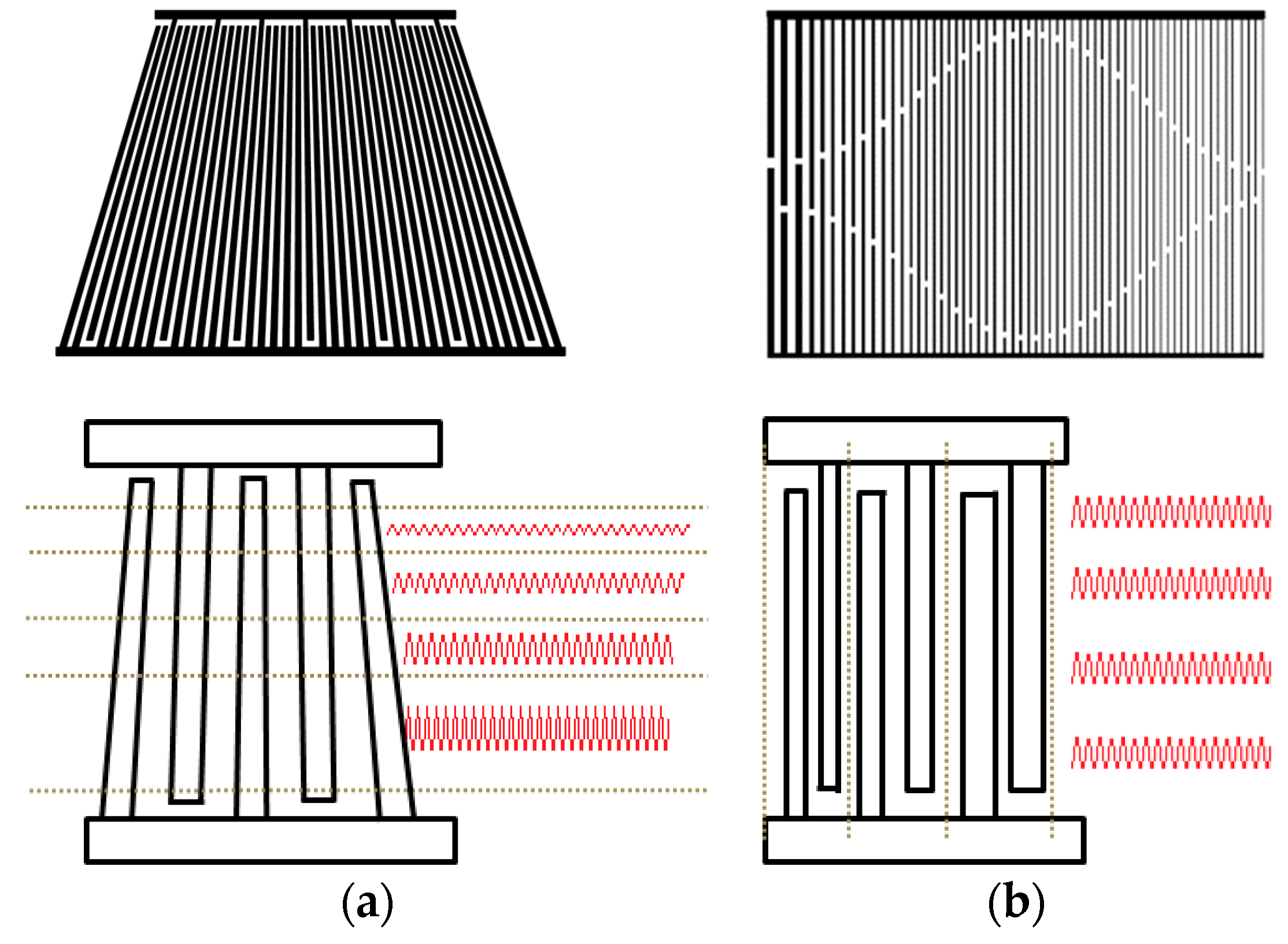
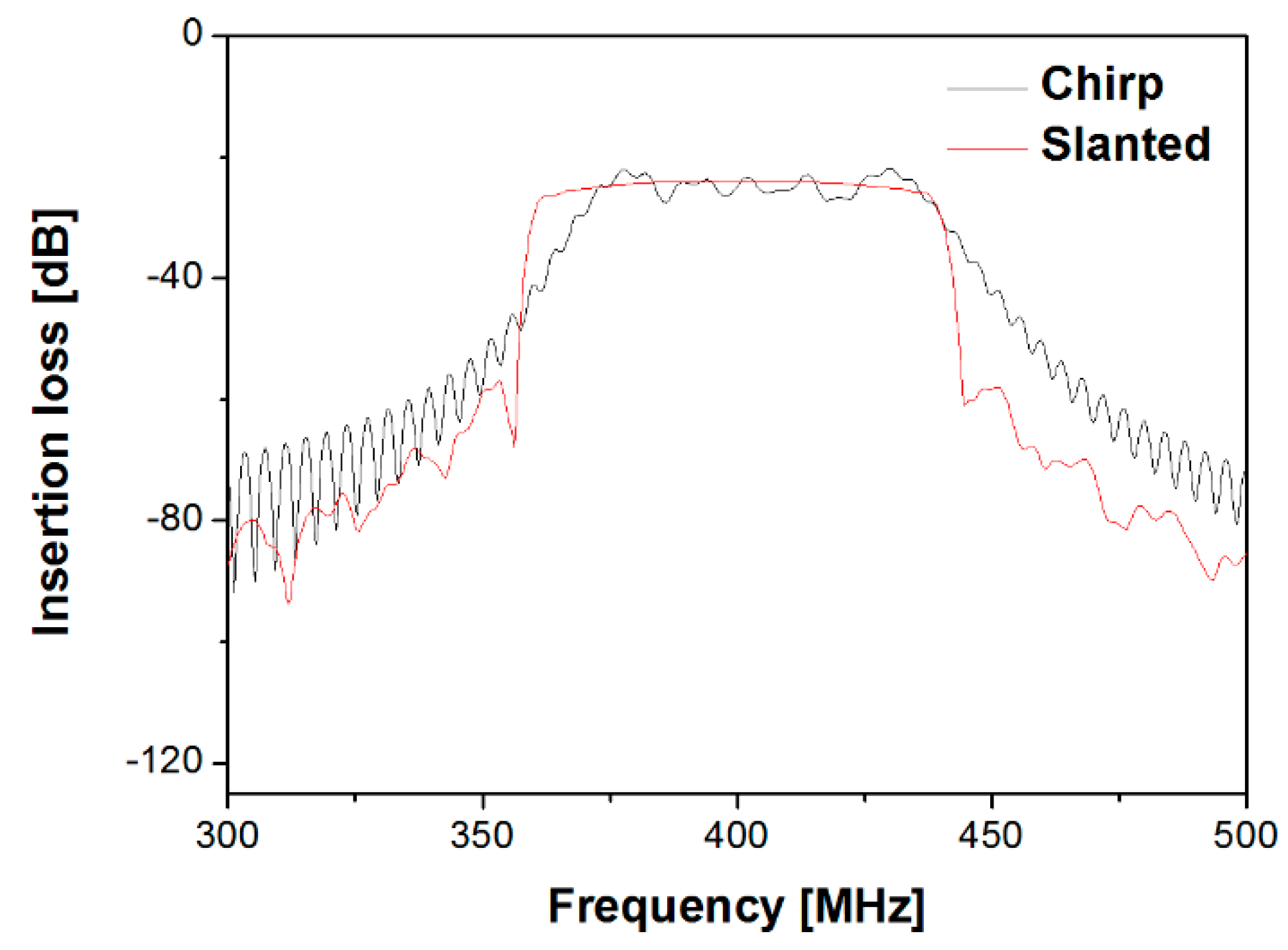
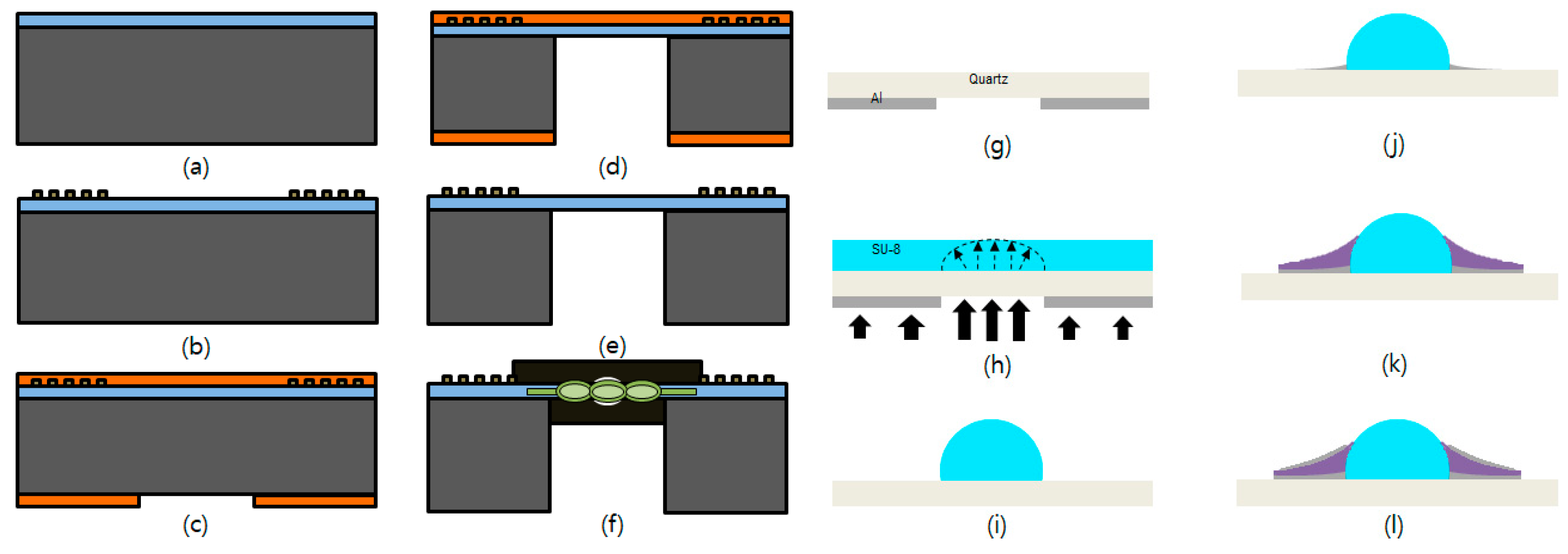
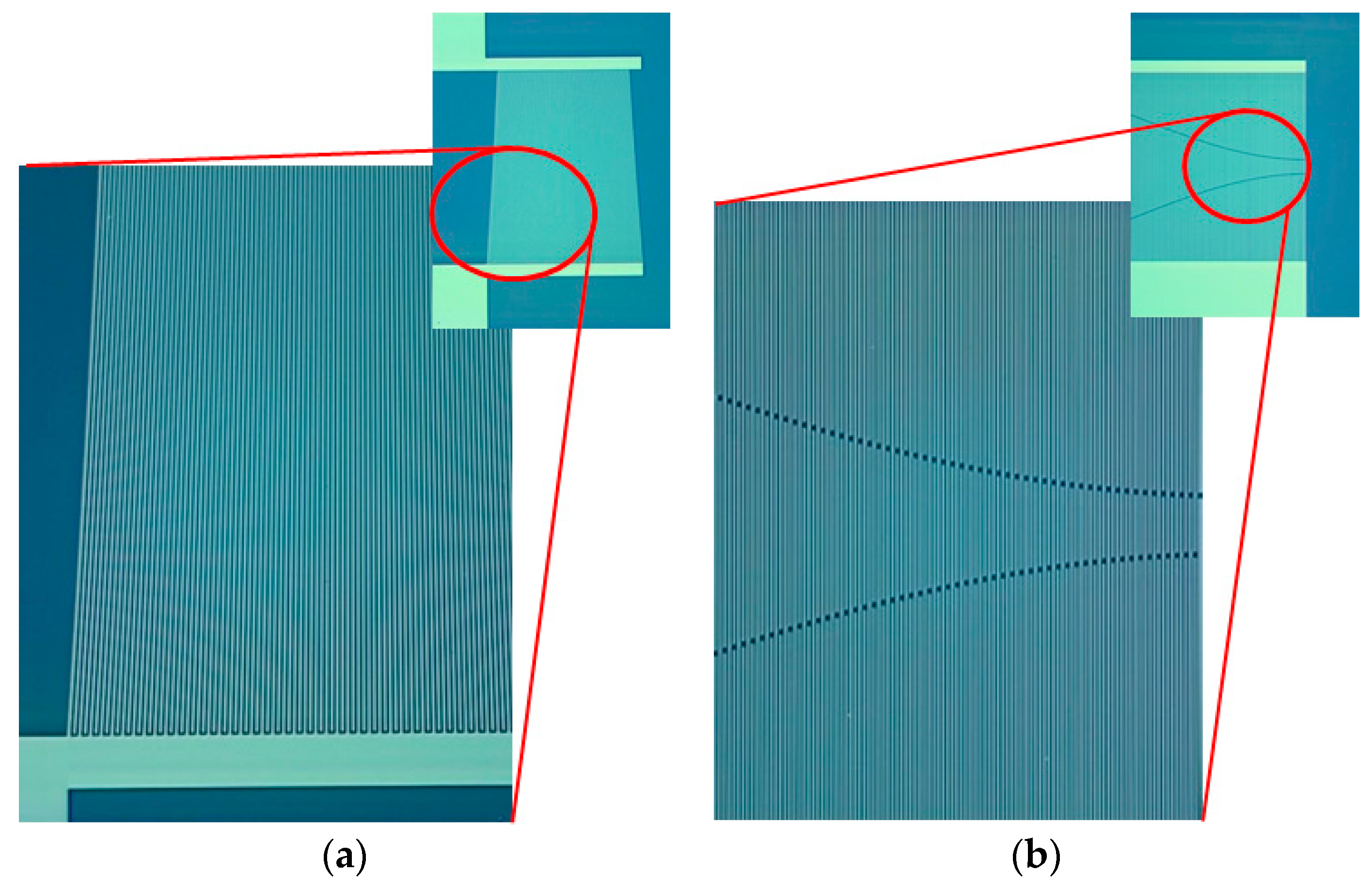

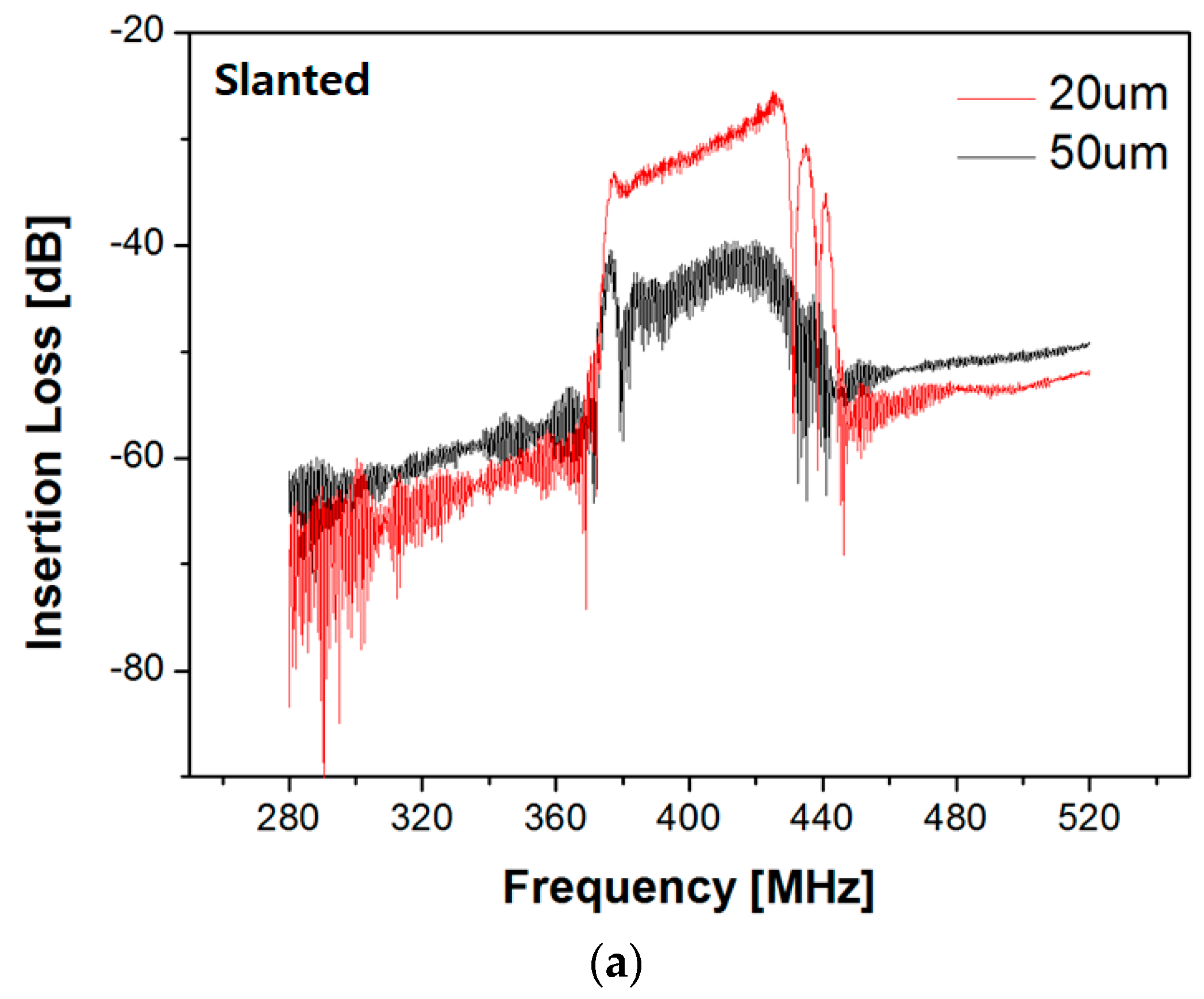
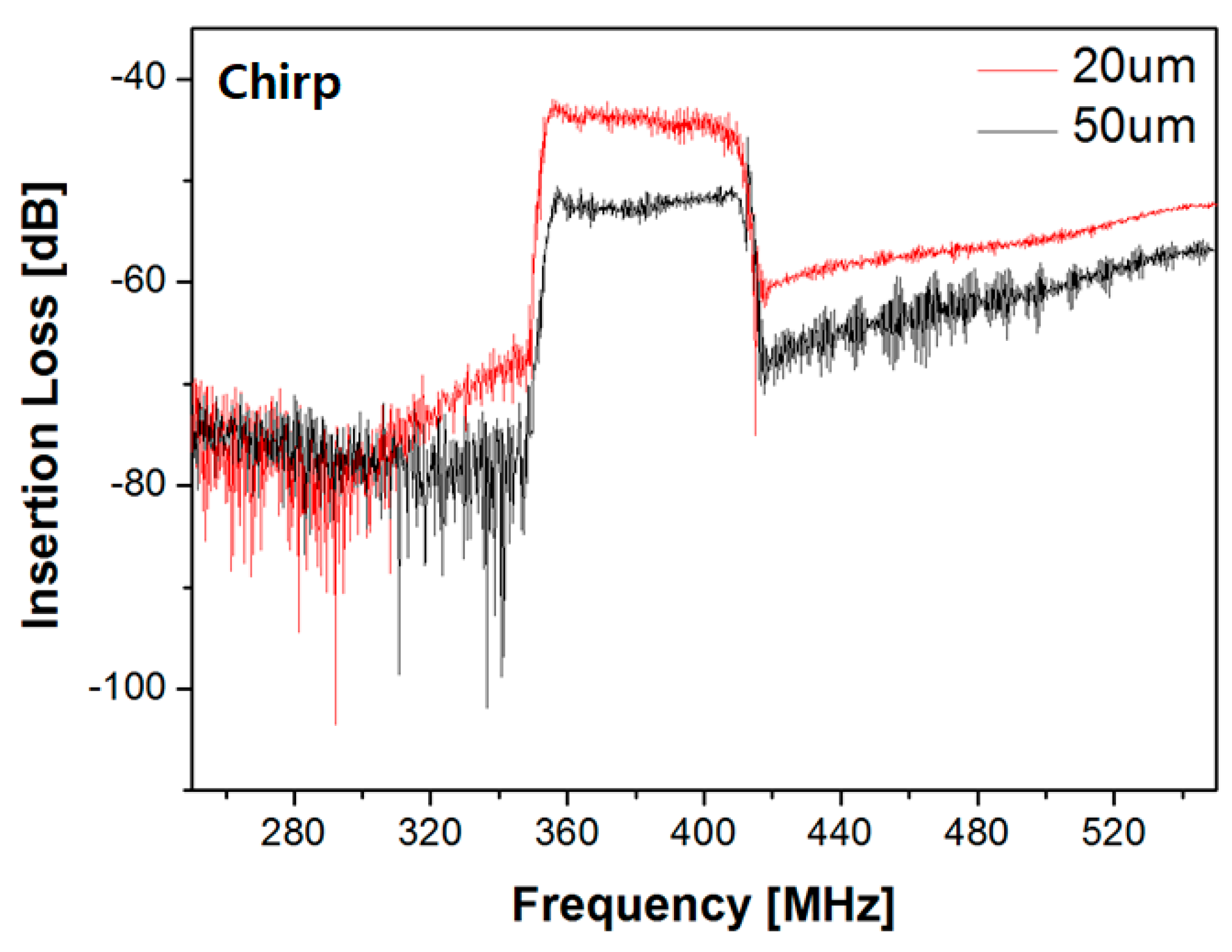
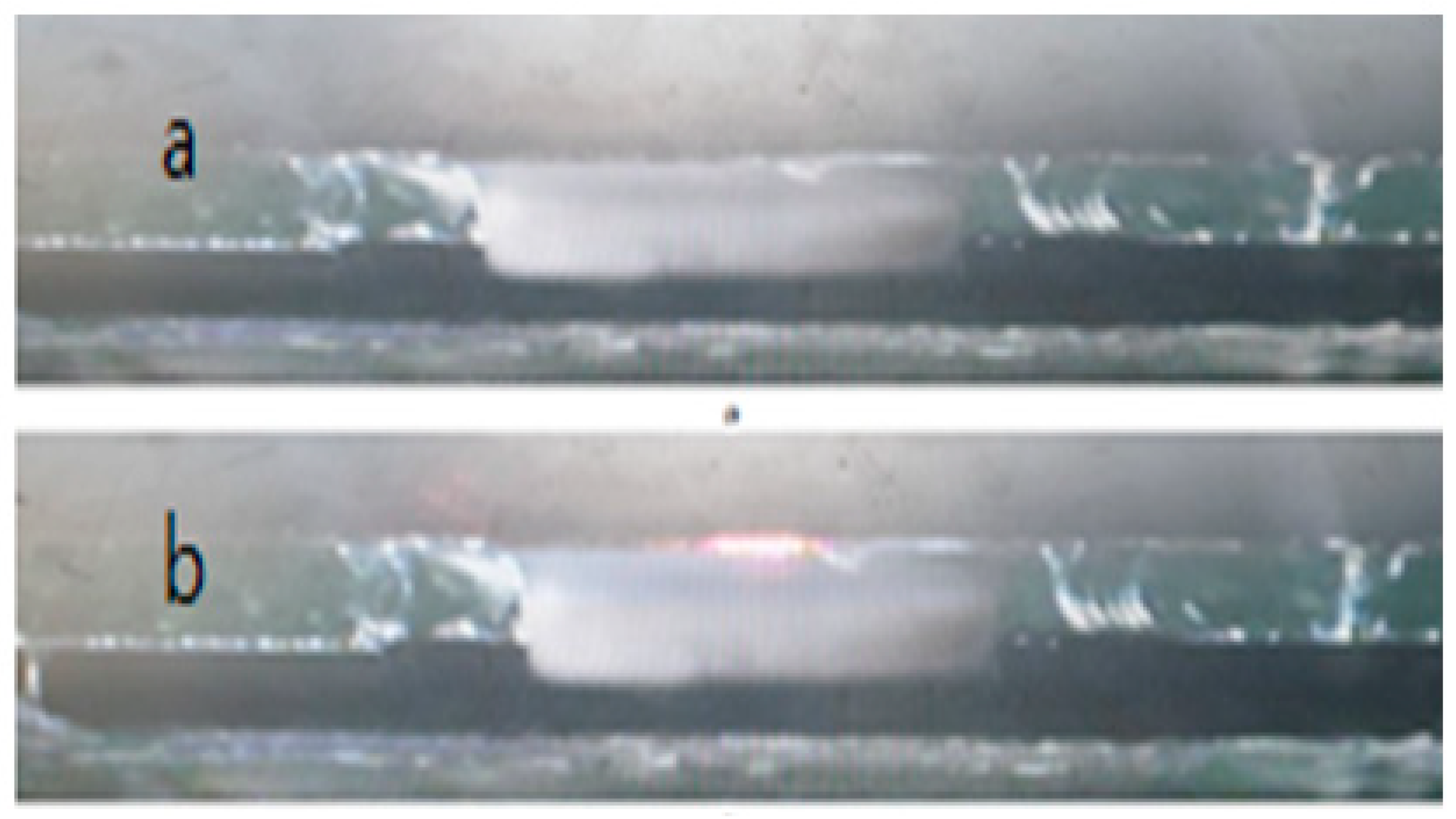
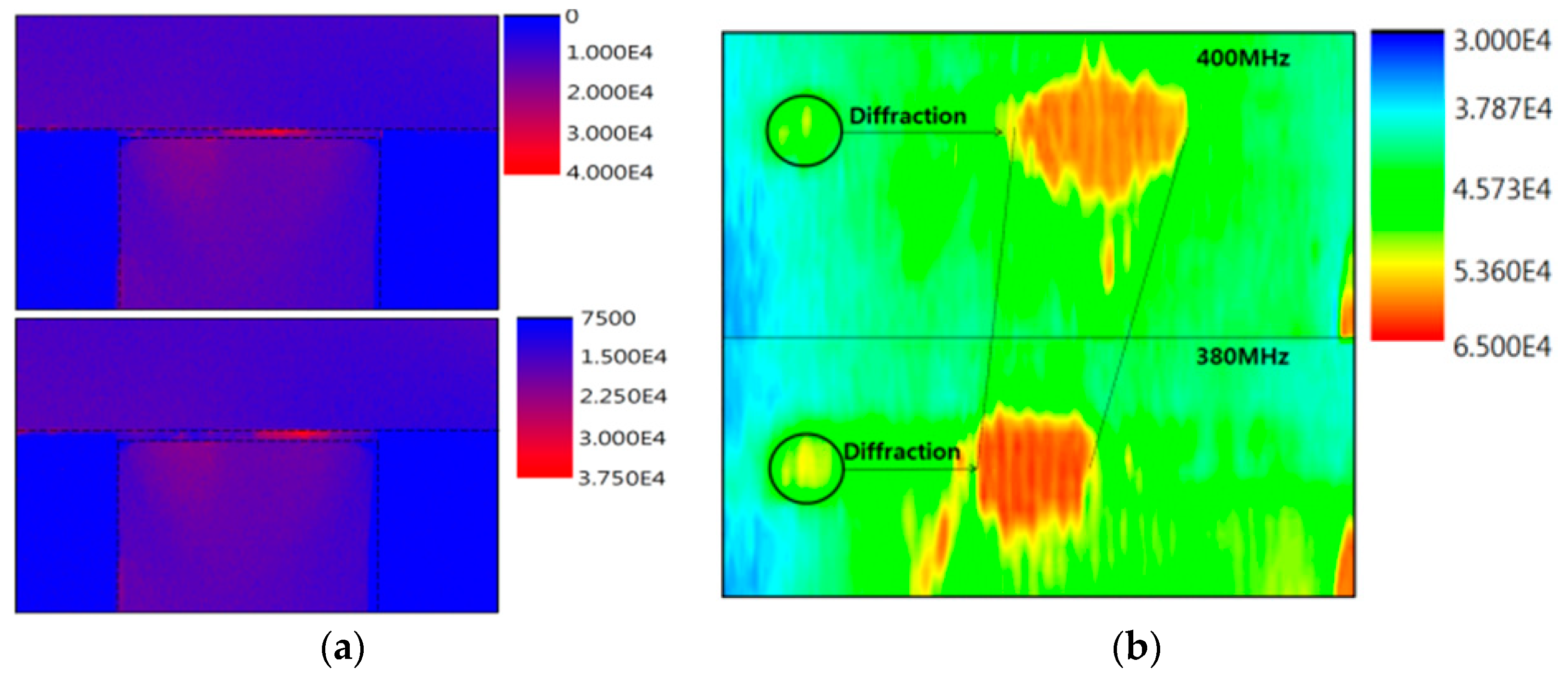

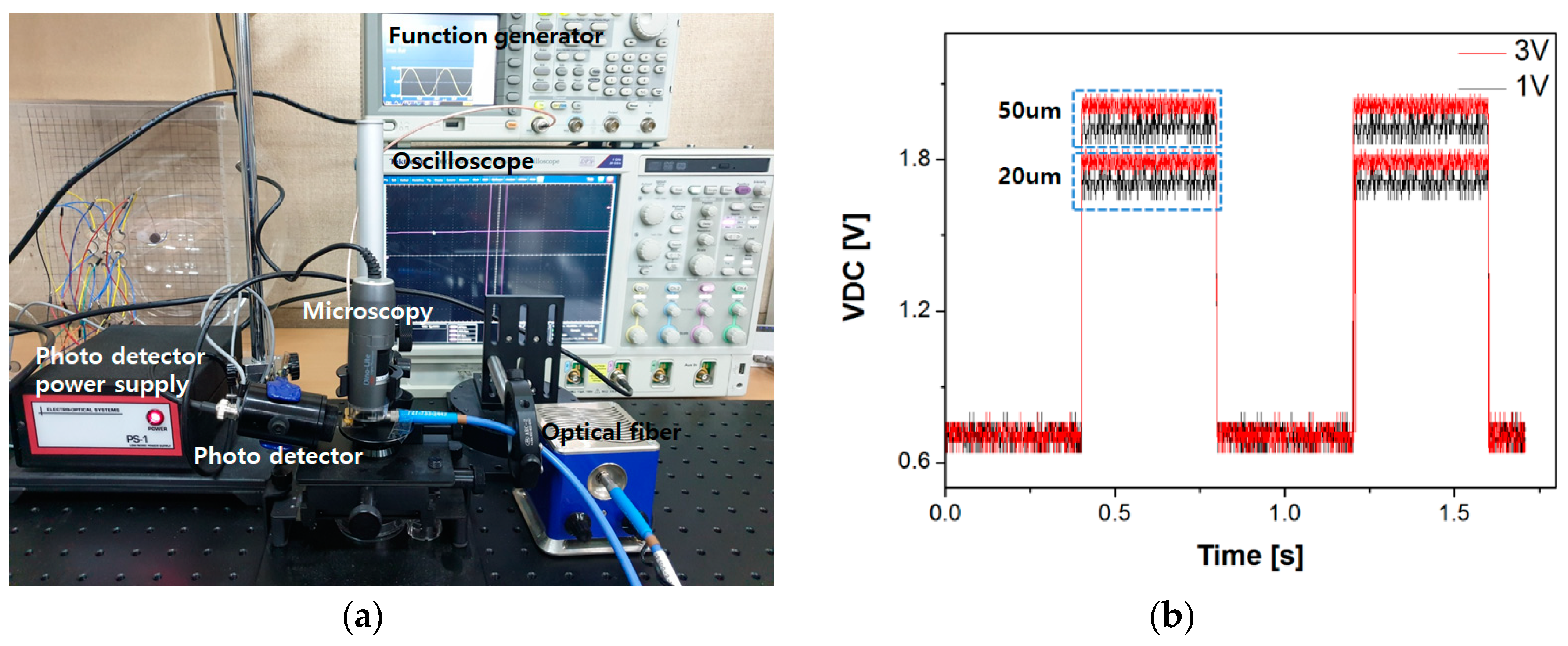
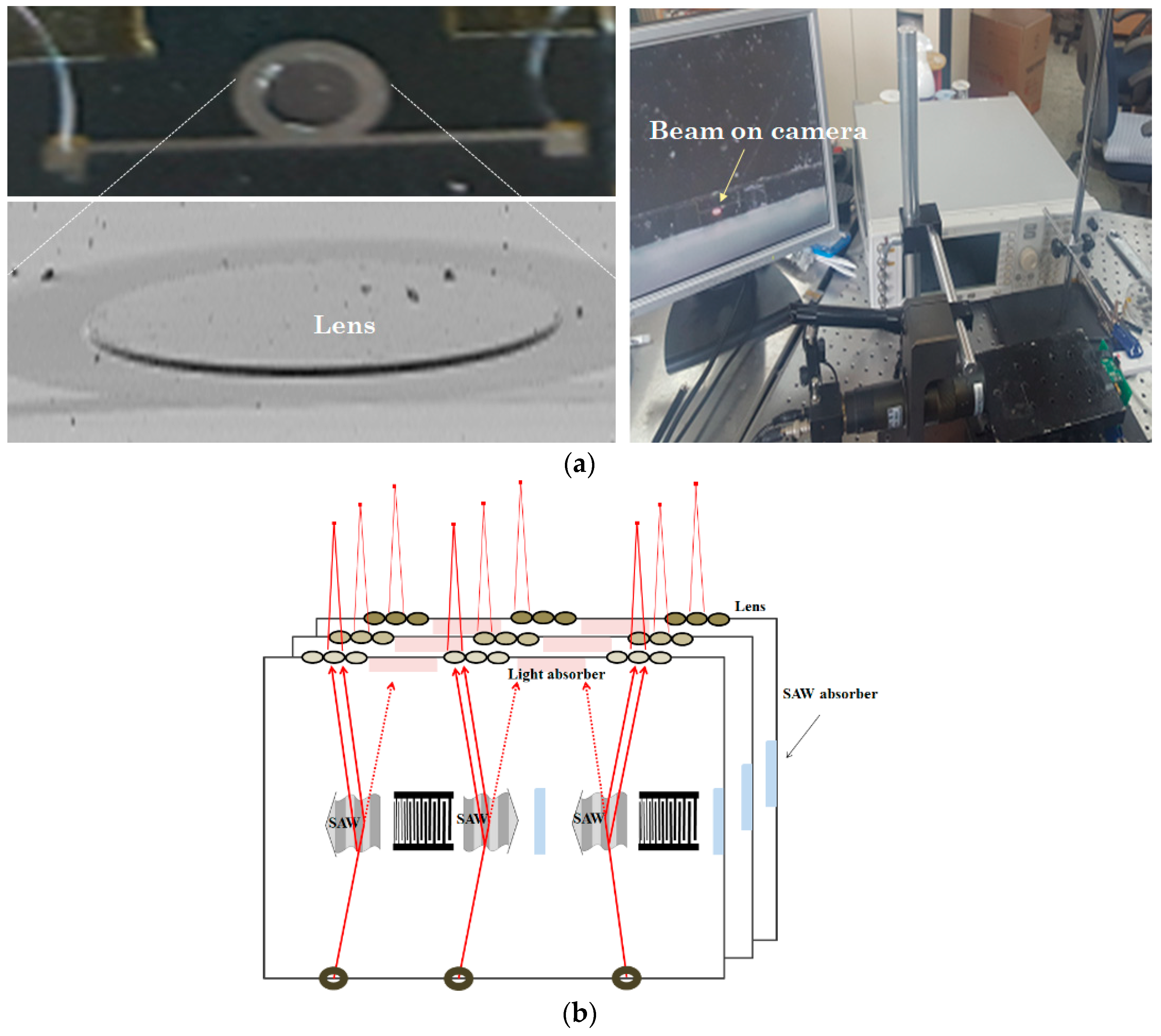
| Velocity [m/s] | 3880.5 |
| Capacitance [F] | 40 × 8.85 × 10−12 |
| Electromechanical Coupling Factor | 0.04 |
| Strength of Reflective per Finger: K1 | −0.015 |
| Reflectance [%] | 2 × K1 |
| Number of Input IDT: N | 100 |
© 2020 by the authors. Licensee MDPI, Basel, Switzerland. This article is an open access article distributed under the terms and conditions of the Creative Commons Attribution (CC BY) license (http://creativecommons.org/licenses/by/4.0/).
Share and Cite
Lee, Y.; Lee, K. Effective Light Beam Modulation by Chirp IDT on a Suspended LiNbO3 Membrane for 3D Holographic Displays. Sensors 2020, 20, 1218. https://doi.org/10.3390/s20041218
Lee Y, Lee K. Effective Light Beam Modulation by Chirp IDT on a Suspended LiNbO3 Membrane for 3D Holographic Displays. Sensors. 2020; 20(4):1218. https://doi.org/10.3390/s20041218
Chicago/Turabian StyleLee, Yongbeom, and Keekeun Lee. 2020. "Effective Light Beam Modulation by Chirp IDT on a Suspended LiNbO3 Membrane for 3D Holographic Displays" Sensors 20, no. 4: 1218. https://doi.org/10.3390/s20041218
APA StyleLee, Y., & Lee, K. (2020). Effective Light Beam Modulation by Chirp IDT on a Suspended LiNbO3 Membrane for 3D Holographic Displays. Sensors, 20(4), 1218. https://doi.org/10.3390/s20041218





